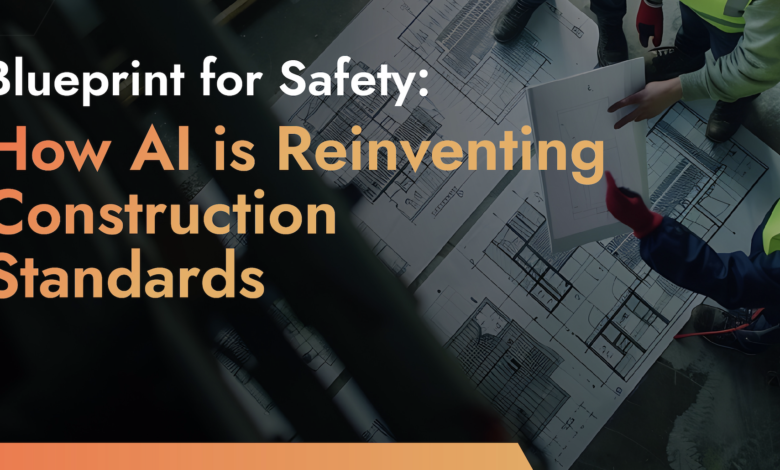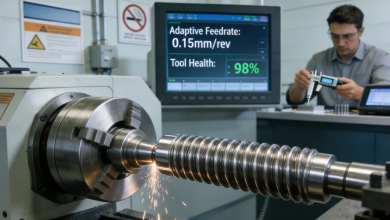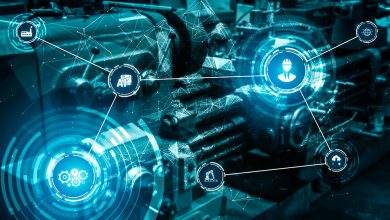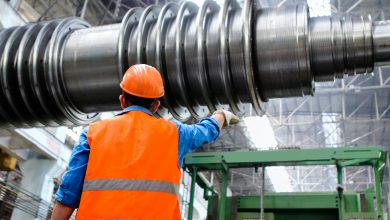
The construction industry has long grappled with significant safety challenges, underscored by alarming statistics. According to the report by The Center for Construction Research & Training (March, 2023), a significant 65.5% of all fatalities are attributed to incidents categorized under the Focus Four hazards.
Among these, falls—including slips and trips—constitute the most prevalent cause, accounting for 35% of deaths. Struck-by incidents follow, contributing to 17% of the fatalities. Electrocution incidents are responsible for 7.6%, while caught-in or caught-between incidents represent 5.8% of the total. The remaining 34.6% of construction-related fatalities arise from various other types of injuries.
The reason behind this is that traditional safety protocols, although essential, often fall short in real-time hazard detection and proactive risk management.
Thus, entering artificial intelligence (AI) to prevent construction safety standards has become as must! AI-powered technologies have markedly transformed the landscape, offering predictive analytics that preemptively identify potential risks. Machine learning algorithms analyze vast datasets from construction sites, discerning patterns and anomalies that signal impending dangers. Real-time monitoring through AI-enabled cameras and sensors ensures immediate hazard detection, allowing for swift intervention.
The incorporation of AI into construction safety protocols has yielded a paradigm shift, significantly curtailing workplace accidents and fatalities. As AI technologies continue to evolve, they promise to fortify safety standards, ensuring a safer, more secure construction environment.
AI-Powered Monitoring Systems: A Game Changer
AI-powered monitoring systems have significantly revolutionized construction site safety, providing transformative benefits that address long-standing industry challenges. According to a report by McKinsey, implementing AI and digital technologies in construction can reduce project costs by up to 20% and increase productivity by 50%. These sophisticated smart site safety systems employ advanced algorithms to continuously analyze real-time data from video feeds and sensors, detecting potential hazards and ensuring immediate corrective action.
A pivotal aspect of AI-powered monitoring is its ability to identify unsafe behaviors, such as the absence of personal protective equipment (PPE) or unauthorized access to restricted areas. The system’s real-time alerts enable supervisors to intervene promptly, preventing accidents before they occur. For instance, a study by Deloitte revealed that organizations utilizing AI-based safety solutions experienced a 20% reduction in overall safety incidents, underscoring the technology’s effectiveness.
Moreover, AI-enhanced wearables, including smart helmets and vests, monitor workers’ vital signs and environmental conditions, providing alerts for dangers like overheating or exposure to harmful substances. These innovations not only protect workers but also contribute to a proactive safety culture.
The technical sophistication of AI monitoring systems lies in their ability to process vast amounts of data swiftly and accurately, leveraging machine learning to discern patterns and anomalies indicative of potential risks. This proactive approach to hazard detection and mitigation represents a paradigm shift in construction safety, promising substantial reductions in workplace accidents and fostering a safer, more efficient working environment. As AI technology continues to evolve, its role in enhancing construction safety standards will undoubtedly expand, driving further improvements in both safety and operational efficiency.
Machine Learning Algorithms for Risk Assessment
Machine learning algorithms have fundamentally transformed risk assessment in the construction industry, providing sophisticated tools for proactive hazard identification and mitigation. These algorithms analyze vast datasets from various sources, including historical safety records, real-time sensor data, and environmental conditions, to identify patterns and predict potential risks with remarkable accuracy.
By leveraging supervised and unsupervised learning techniques, machine learning models can detect anomalies that may indicate impending safety issues. For instance, supervised learning algorithms, trained on labeled datasets, can identify specific risk factors based on past incidents. Furthermore, unsupervised learning models, which identify hidden patterns in unlabeled data, have proven invaluable in uncovering previously unnoticed risk factors.
These models can continuously learn and adapt to new data, improving their predictive capabilities over time. As reported by Novade the construction sector could achieve a 30-40% improvement in safety and efficiency through the adoption of advanced machine learning.The integration of machine learning in risk assessment allows for real-time monitoring and dynamic risk management.
Integration of Generative AI for Safety Implementation
The integration of generative AI in safety implementation has revolutionized the construction industry by offering advanced predictive capabilities and real-time hazard mitigation. Generative AI, which uses algorithms to generate new data based on existing patterns, enhances safety protocols by simulating and predicting potential safety scenarios before they occur.
One of the most significant advancements is the ability of generative AI to create detailed simulations of construction sites, identifying potential hazards and optimizing safety measures. These simulations allow for the proactive design of safety protocols, significantly reducing the likelihood of accidents.
Hugo Cheuk, COO, viAct says “Generative AI can analyze complex datasets from various sources, including historical incident reports and real-time sensor data, to identify and predict risks. This capability enables construction managers to implement timely interventions, thereby preventing accidents and enhancing worker safety.”
By constantly learning from new data and refining its predictive models, generative AI helps maintain a dynamic and responsive safety environment.
AI Adoption in Construction Sites: Hurdles & Way Ahead
Adopting AI for safety in construction faces several challenges, including high implementation costs, data privacy concerns, and workforce resistance. Digital transformation, including AI adoption, can be expensive, with initial costs being a significant barrier for many firms.
Additionally, data privacy issues pose a major concern, as AI systems often require extensive data collection, which can lead to potential breaches and misuse. Another challenge is workforce resistance. Many workers and managers are hesitant to adopt new technologies due to fear of job displacement and the complexity of AI systems. According to a survey by PwC, 54% of construction executives reported resistance from employees as a significant obstacle to AI adoption.
Thus to mitigate these challenges phased implementation to manage costs, robust data governance policies to address privacy concerns, and comprehensive training programs to ease workforce transitions must be a priority. By addressing these barriers, the construction industry can fully leverage AI to enhance safety and efficiency.




